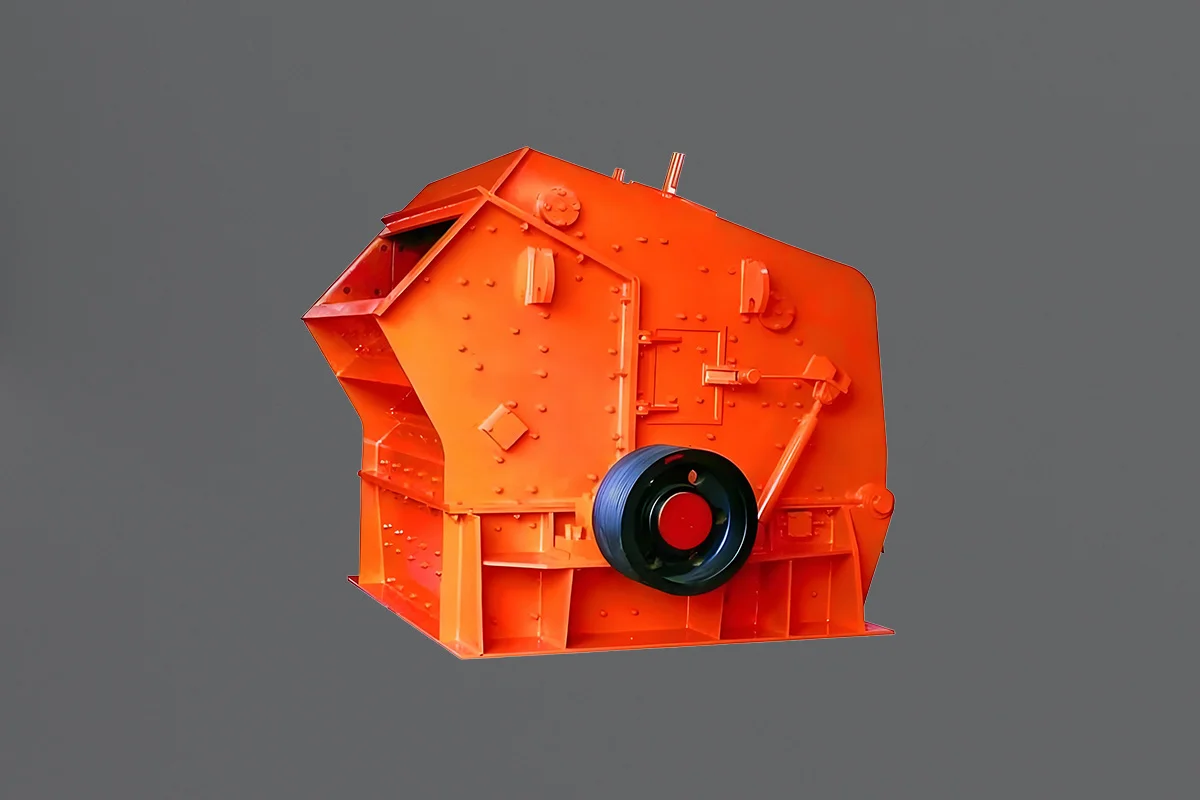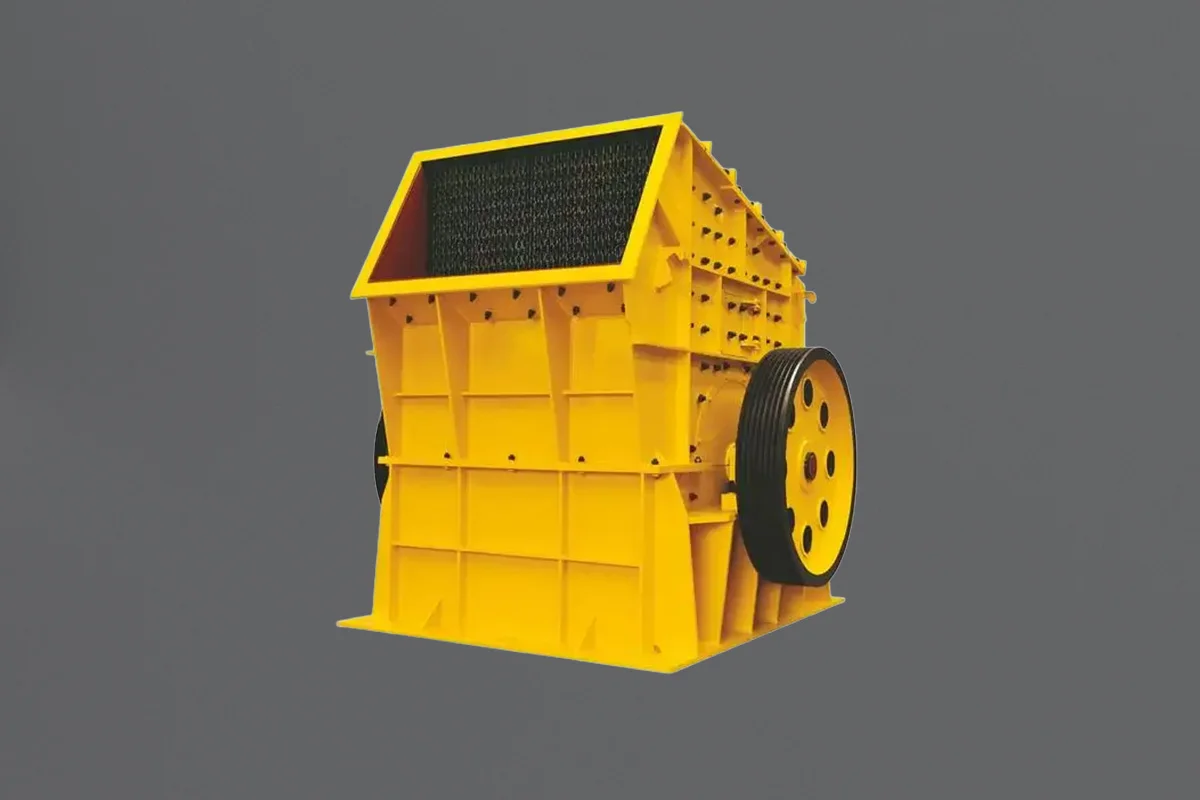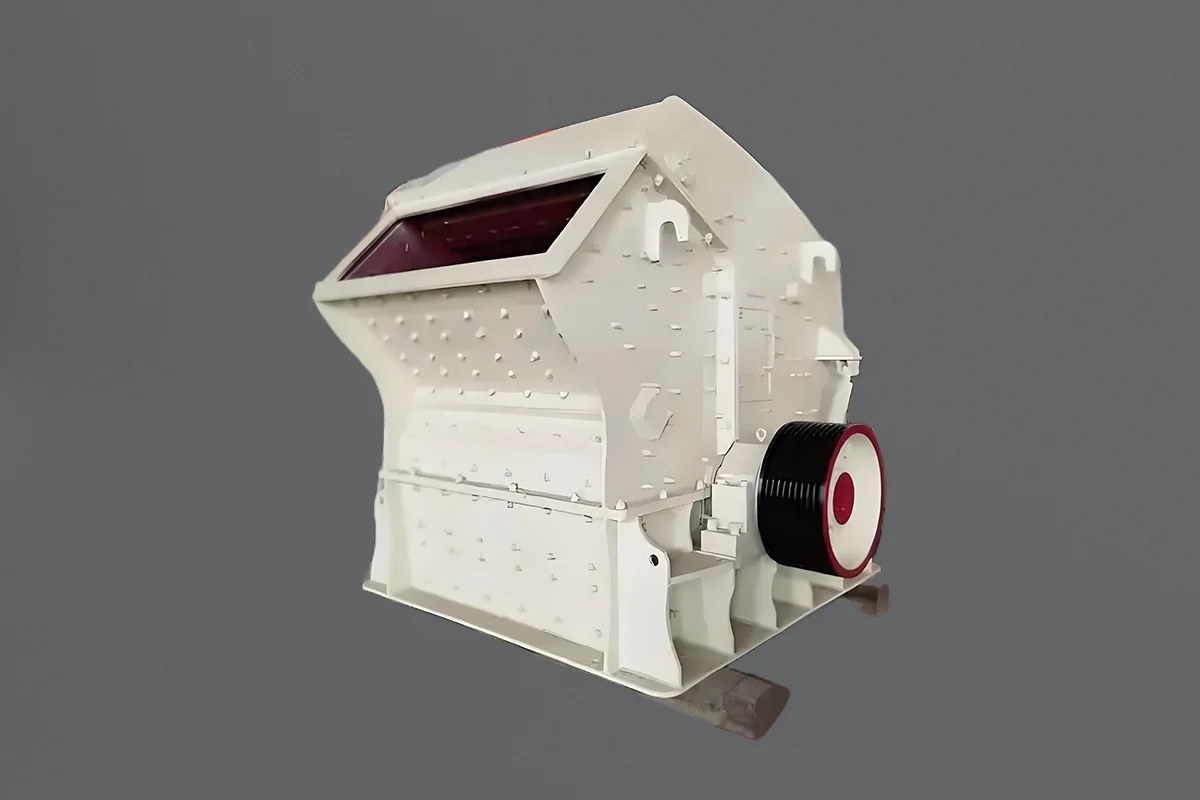Protecting The Cone Crusher Against Rust Corrosion
To protect your cone crusher from rust corrosion during the seasonal shutdown, for foreign shipment, or for outdoor storage (winter or summer), the following protective measures are recommended:
- . Remove the bowl, feed plate, head, socket, and eccentric assemblies. Disconnect the oil drain line at the bottom of the main frame and the oil pressure inlet at the bottom of the main shaft. Make sure that all piping and the hole in the bottom of the main shaft are sealed with pipe plugs.
- Use a wide paint brush to paint all inside surfaces of the main frame with rust-preventive lubricating oil. Use a lubricating oil that has a rust-preventive blend that is designed for the protection of internal parts of enclosed assemblies such as engines, compressors, pumps, gear sets, and hydraulic assemblies. The rust preventives function by displacing water from metal surfaces, forming strong water-resistant films on the surfaces, and absorbing water in the system into a water-in-oil emulsion. These products provide as much as 30 to 40 times the protection against rust as high-quality lubricating oils that have not been specially formulated to prevent rust. In most applications, the residual rust preventive film left by these products need not be flushed away or otherwise removed when the Crusher is to be filled with lubricating oil and put into normal service. Generally, 208 liters (55 U.S. gallons) is sufficient to coat a Crusher. The viscosity of the oil should be in the 150 to 300 SSU at 38° C (100° F) range.
- Using the paintbrush, coat the lower thrust bearing, the outer surface of the main shaft, and all exposed surfaces of the pinion with a rust preventive oil. Remove the countershaft box oil feed hose from the top or side of the countershaft box. Place a funnel in the hole at the countershaft box and pour oil into the countershaft box while rotating the countershaft. Approximately 20 liters (5 U.S. gallons) will be required to coat the entire countershaft box area. Some leaking will occur from the drive end of the countershaft box, this is normal. Then reinstall the oil feed hose to the countershaft box.
- Fill the lubricating hole in the main shaft until the hole is filled with oil, then drain.
- Coat the outer surface of the eccentric, the bore of the eccentric bushing, the gear, and the upper thrust bearing with rust preventive oil.
- Brush a coating of the special oiI onto the head ball, the bore of the upper and lower head bushings, and all areas of the head adjacent to the «T» seal.
- Reinstall the eccentric assembly and the socket assembly. Apply a coat of the special oil to the bearing surface of the socket liner and the exposed surfaces of the socket. Install the head assembly and then the feed plate.
- Fill the oil tank on the power unit with a similar rust preventive oil having a viscosity of 150 SSU at 38°C (100°F). Ninety-five liters (25 U.S. gallons) are required for the entire hydraulic system. Make sure the oil is compatible with such a hydraulic system where neoprene, polyurethane, bronze, nickel, chrome, steel, and iron is used. The hydraulic tramp release, clamping, and bowl turning mechanisms must be operated to assure that the power unit and all hydraulic components have been thoroughly coated with rust prevention.
- Brush or spray alight-bodied petroleum solvent containing a substantial amount of a polar rust preventive additive having a strong attraction for metal surfaces, on the bowl, adjustment ring, and clamping ring threads. The additive should have an excellent ability to wet metal surfaces in the presence of water; as a result, it strongly resists displacement from the surface by water. The solvent should evaporate quickly and leave a thin, transparent, greasy film. The material should be suitable for light and moderate service, for example, protected outdoor storage. It should be applied at plant operating temperature by any convenient means (brushing, rolling, spraying) and the film need not be removed when the cone crusher is placed in operation. Then cover the threads with a liberal amount of lithium base grease NLGI No. 1 containing 5-10% of molybdenum disulfide.
- Then reinstall the bowl assembly into the Crusher and cover the entire adjustment cap and hopper with a sheet of 8 mils BLACK polyethylene to prevent water from seeping into the Crusher and corroding the bowl and adjustment ring threads. This sheeting is available in 20 ft. by 100 ft. rolls. Black is recommended as transparent sheeting will deteriorate four times faster than black. The end of the countershaft box and countershaft should also be covered. Steel strapping or banding is an ideal method of holding the polyethylene sheeting in place.
- Reconnect the oil inlet and drain lines. The oil adhering to the metal surfaces is all that is needed for proper rust protection.
IF THE ABOVE RECOMMENDATIONS ARE FOLLOWED, A CRUSHER STORED OUTDOORS SHOULD HAVE 6-12 MONTHS OF RUST PROTECTlON.
Where it is necessary that the cone crusher be shipped or stored dismantled, the various sub-assemblies must be protected more thoroughly, as the previously described procedures are for the metal surfaces that are NOT directly exposed to the elements; sun, wind, rain, snow, etc.
The following additional protective measures are recommended in those instances where a cone crusher must be shipped or stored dismantled and the various sub-assemblies exposed to the elements.
-
- Cover the socket liner and the outside of the main shaft with black polyethylene sheeting. Wrap the sheeting around the countershaft box and stretch it across the adjustment ring opening. This covering is to protect the inside of the cone crusher after the Crusher itself was prepared as previously described with a rust preventive oil. The sheeting must be adequately braced to prevent sagging.
- Spray or paint the machined surfaces of the various sub-assemblies; bowl, feed plate, head, socket, and eccentric, with a specially processed asphaltic material that is made of fluid by means of a petroleum solvent. It is a medium-body, black liquid that can be applied at room temperature by any convenient method. The solvent evaporates and leaves a hard, strong, dry, acid-resistant film. This coating provides long-time protection under severe conditions such as unprotected outdoor storage and the presence of corrosive fumes. It is especially suitable for unpainted external surfaces. The treated parts will withstand considerable scuffing and moderately rough handling, but they should be protected against severe physical damage since the hard, dry film is not self-repairing. The film is somewhat similar to paint and although semi-permanent can be removed even after prolonged aging by various rubbing with solvent-soaked rags.
FOR THOSE PARTS STORED OUTDOORS UNPROTECTED, THE ABOVE RECOMMENDATIONS SHOULD PROVIDE 24 MONTHS OF PROTECTION AGAINST RUST CORROSION.



